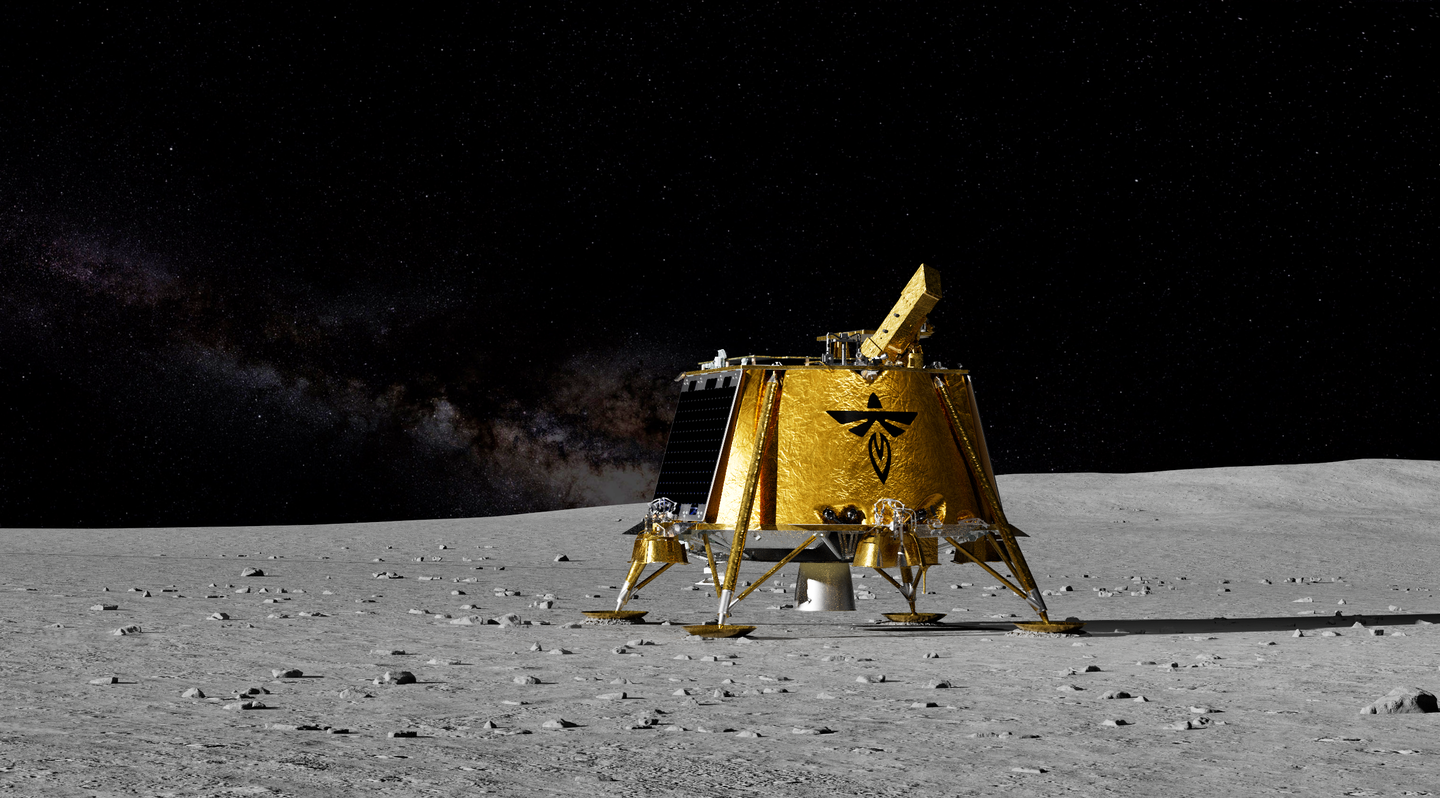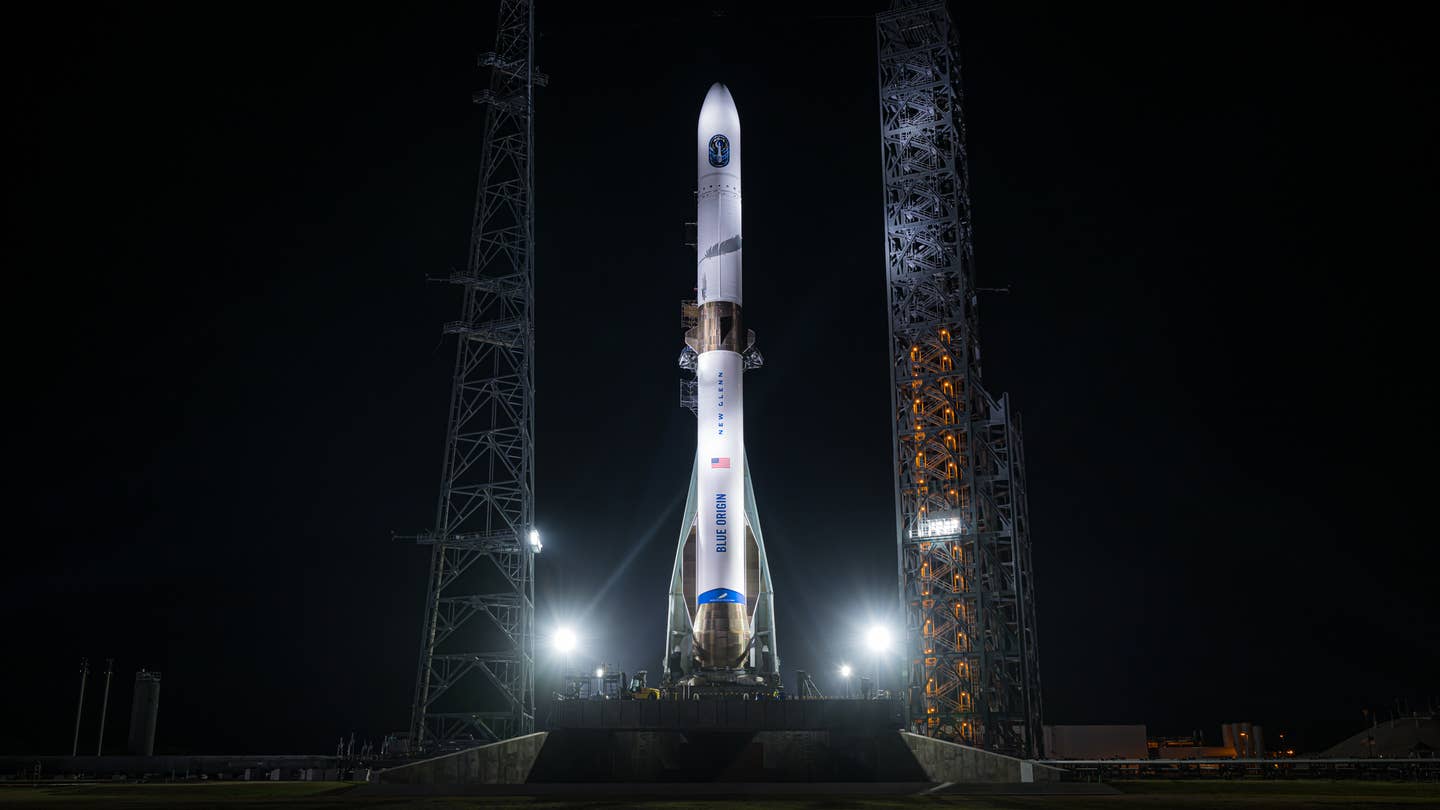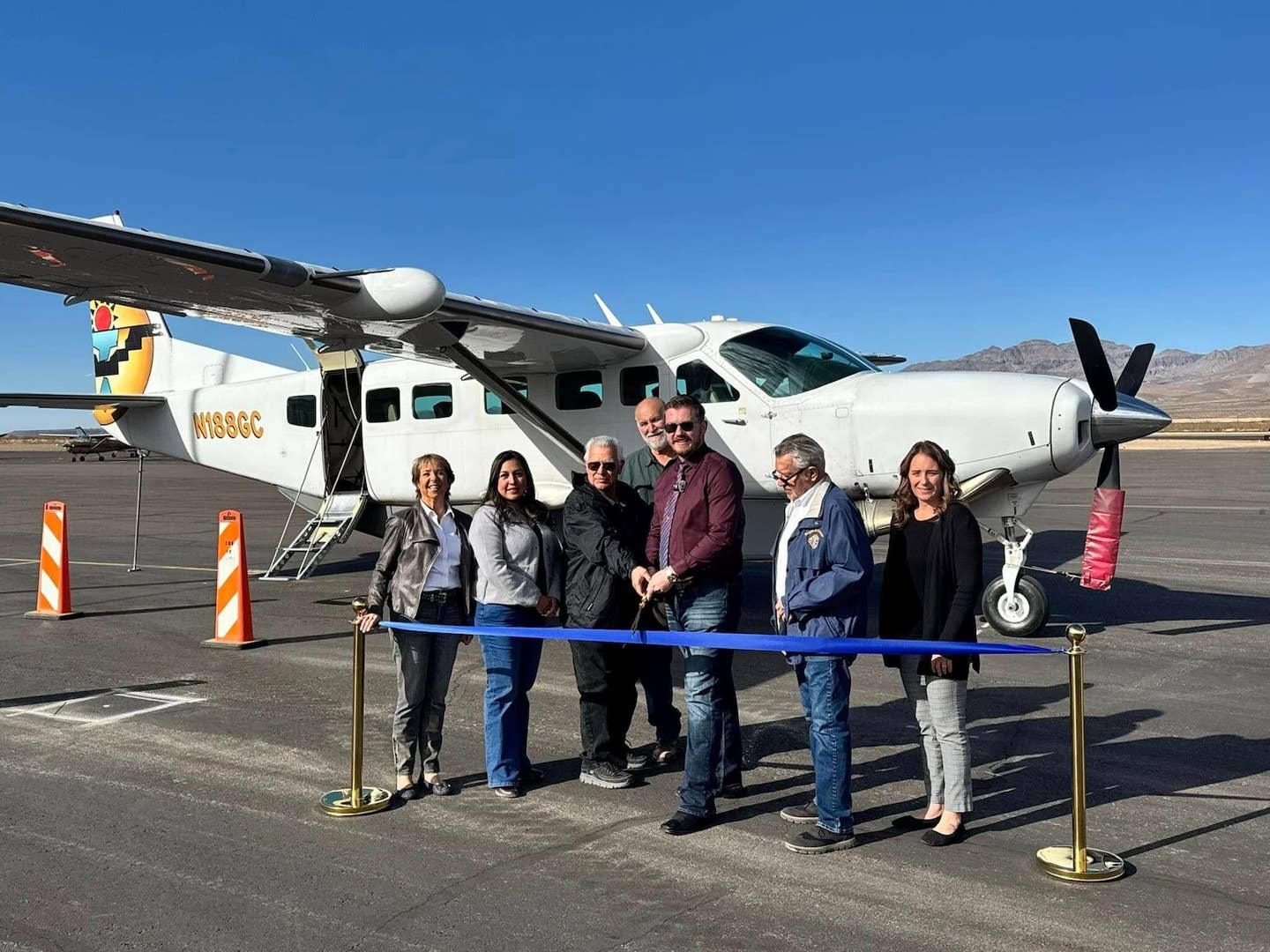
The so-called NextGen air traffic control system is a step closer to ThisGen. On Monday, Secretary of Transportation Ray LaHood revealed plans to place ADS-B technology online in the Gulf of Mexico in December, covering more than 240,000 square miles of airspace where radar is unavailable. ADS-B is scheduled for implementation across the United States in 2013, where it is expected to reduce delays, save fuel and improve safety. The Gulf of Mexico is seen as an important proving ground for the technology. ADS-B is based on aircraft automatically transmitting their own GPS-derived position instead of relying on ground-based radar. In the Gulf, more than 9,000 offshore oil rigs are served by helicopters, which are currently required to fly VFR when more than 150 miles off the coast. NextGen ADS-B will permit IFR operations. Also, ADS-B will increase capacity for fixed-wing aircraft overflying the Gulf between the United States and destinations in Latin America. Those flights currently must be separated by at least 100 miles in a non-radar environment. FAA administrator Randy Babbitt cited support from LaHood and President Obama for NextGen implementation. Babbitt said, "They want this up and running - the green light can't get any greener than that." The administrator also called NextGen, "a success story waiting to happen."

Sign-up for newsletters & special offers!
Get the latest FLYING stories & special offers delivered directly to your inbox






